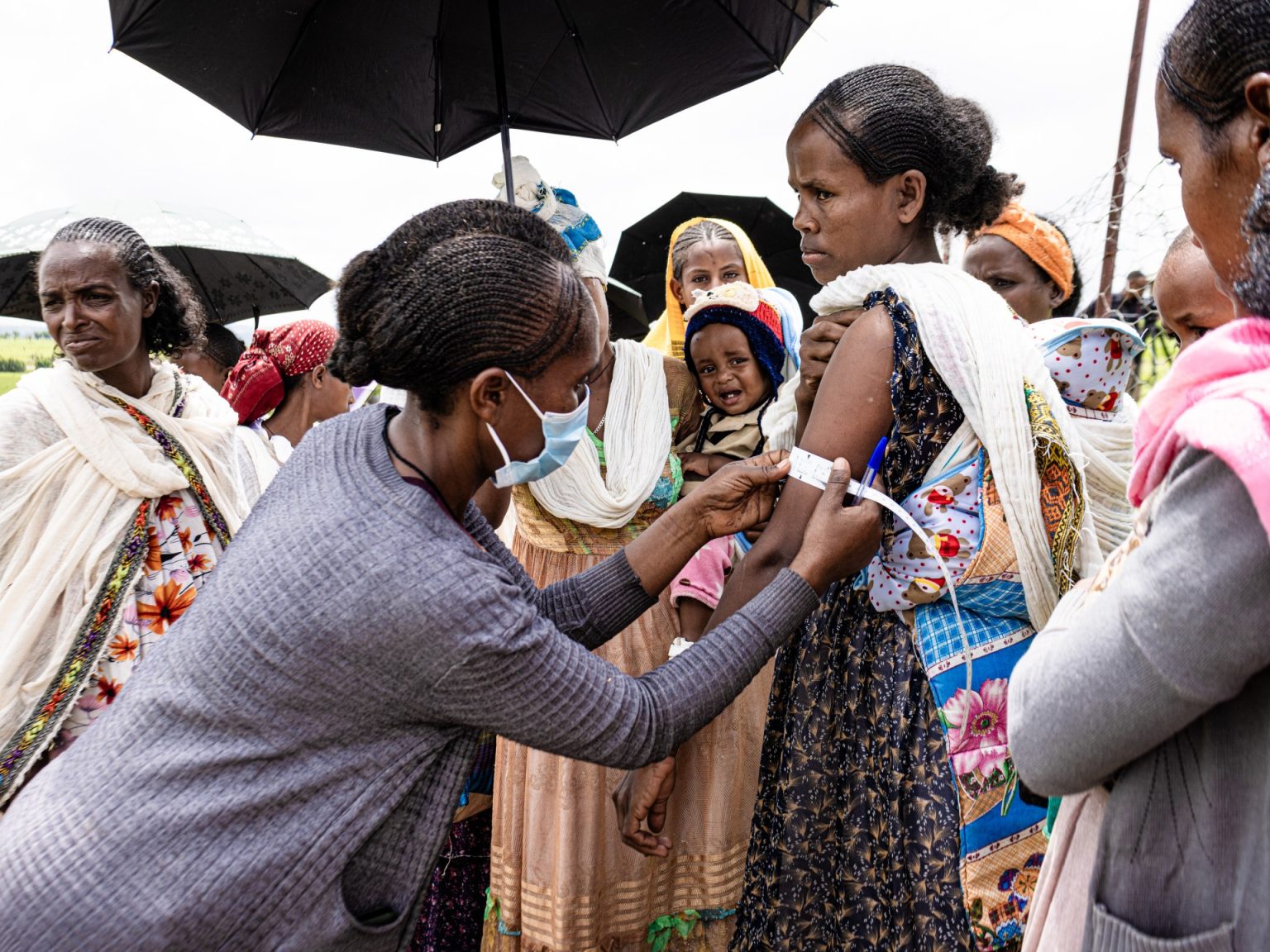Birhane, a 16-year-old boy from Tigray, Ethiopia, reflects on the stark contrasts in his life since the onset of the COVID-19 pandemic and the subsequent armed conflict between the Ethiopian defense forces and the Tigray People’s Liberation Front. Once a student with dreams of receiving a complete education, his aspirations were dashed by violence and instability in his community. In the wake of the turmoil, Birhane assumed the responsibility of helping his father manage their family farm and sell produce at the market. Despite the challenges, he remains undeterred in his ambition to improve both his and his family’s circumstances, showcasing resilience amid adversity.
One day, while returning from the market, Birhane encounters a group of younger children playing with what initially appeared to be a harmless piece of scrap metal. These children, reminiscent of his pre-conflict school friends, are unwittingly handling an explosive device. Recognizing the potential danger, Birhane instinctively reacts to save them, pushing some children to the ground before attempting to dispose of the ominous object. In a tragic turn of events, the explosive detonates in his hands, resulting in severe injuries that claim one of his legs and the fingers on both hands.
The sense of hope for a renewed future in Tigray persists two years after a peace agreement was signed, with urban areas like Mekelle, Shire, and Axum bustling with activity and commerce. The streets that were once besieged by conflict now abound with traditional coffee shops and increased traffic, signifying a gradual return to normalcy. However, the shadow of the war lingers, especially in rural areas where remnants of conflict remain prevalent. The sight of rusting, abandoned vehicles juxtaposes with the emergence of a revitalized economy, reminding survivors that the scars of violence run deep.
Despite the hope for stability, the legacy of the conflict is harshly evident through the ongoing risks posed by unexploded ordnance (UXO). Venkatakannan Packirisamy, who oversees the physical rehabilitation project run by the International Committee of the Red Cross (ICRC) in Ethiopia, reports alarming statistics: in just one year, 243 individuals injured by UXOs were treated. However, this number only accounts for a fraction of the actual victims, as many others remain unrecorded for various reasons, whether due to death, lack of access to medical facilities, or injuries that go beyond the capacity of the ICRC’s services. Disturbingly, about 80% of those injured are children, emphasizing the vulnerability of the young in this post-conflict environment.
In Birhane’s village, located in a mountainous region, the consequences of the armed conflict are visually stark. The main street, lined with stone houses and makeshift shops, is interspersed with remnants of war, including rusted munitions hidden in the vegetation or marked with painted stones for caution. The presence of these explosives serves as a constant reminder of the tragic events of the past and the ongoing threats that loom in daily life. The atmosphere is compounded by the fear that these devices could detonate unexpectedly, taking more lives and inflicting additional suffering on innocent civilians, particularly children who may not understand the peril.
Birhane’s story sheds light on the complex interplay between hope and despair in the aftermath of conflict. While cities begin to rejuvenate economically and socially, rural areas remain perilously affected by the remnants of war, with children being disproportionately impacted. His resilience and determination to aspire for a better future serve as an embodiment of the spirit of many in his community, who strive to navigate the challenges posed by their circumstances. The underlying message accentuates a urgent need for continued attention to the aftermath of conflict, emphasizing the necessity for rehabilitation efforts, community safety, and education to foster a safer environment for the younger generations who represent the future of Tigray and Ethiopia.

